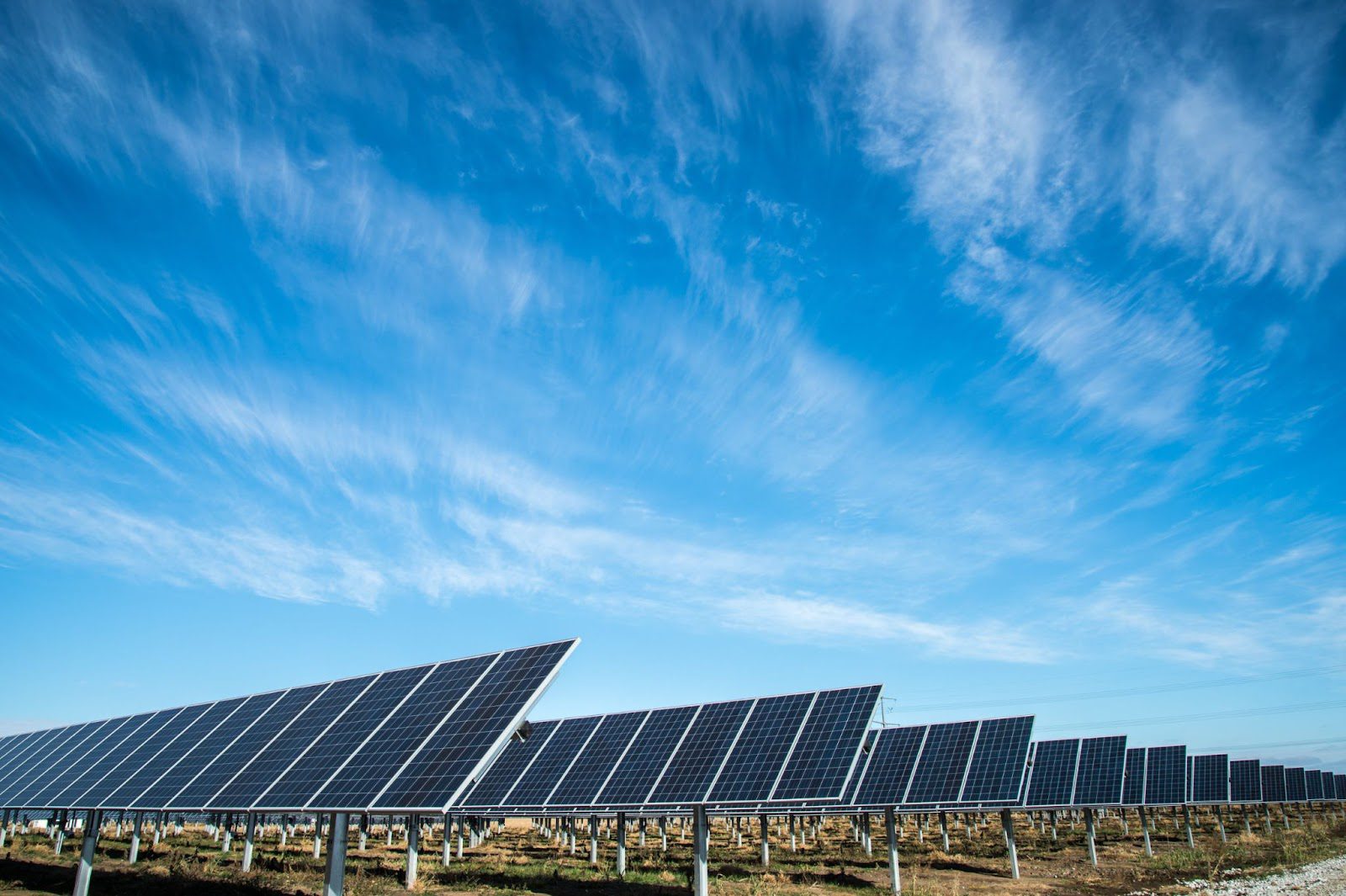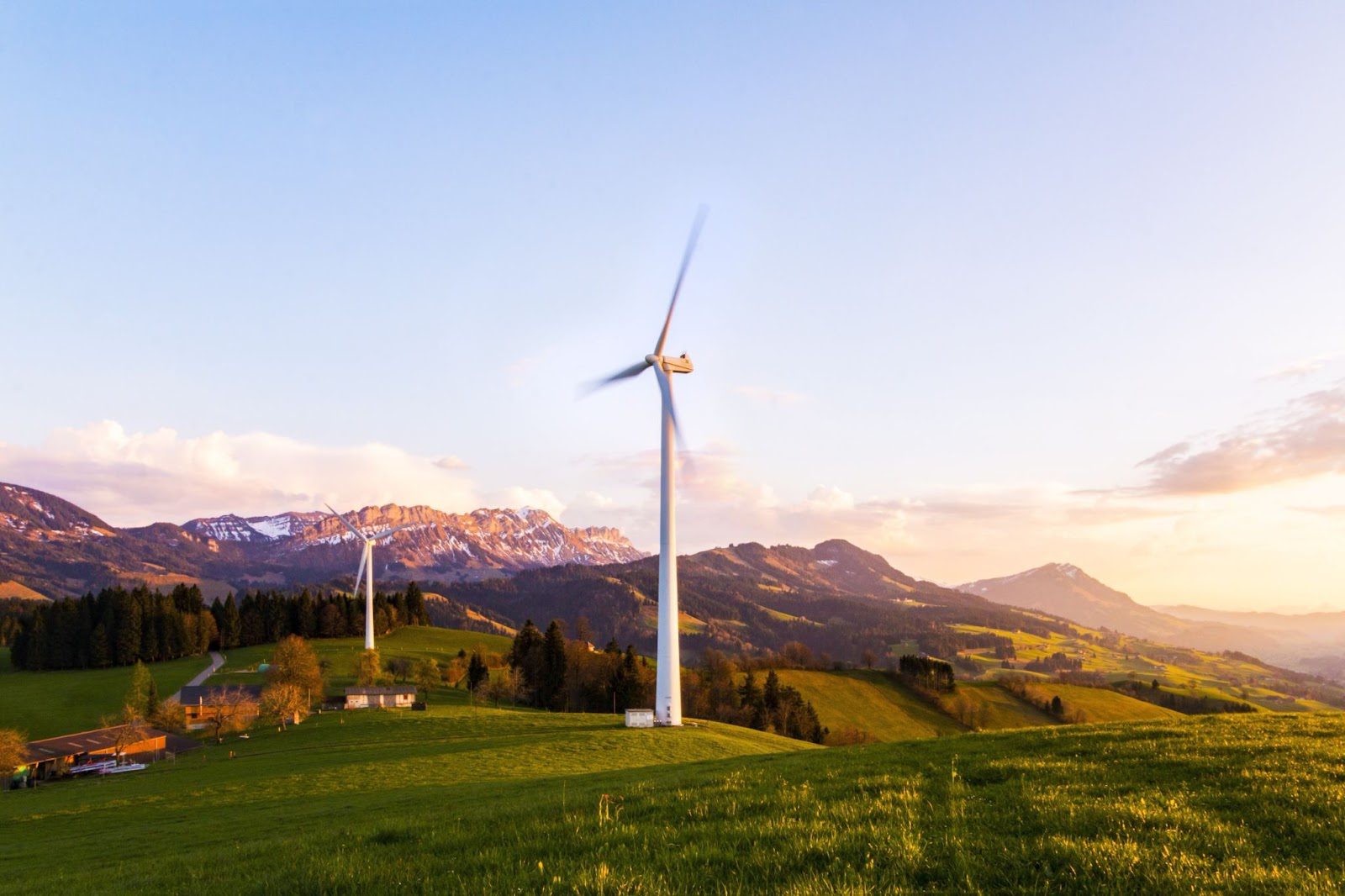North Dakota is well known for its fossil fuel industry, ranking as the third-largest crude oil producer in the U.S. and holding “significant” coal and natural gas reserves, according to the U.S. Energy Information Administration (EIA). But the state also has a rapidly growing renewable energy industry.
In 2021, wind power was the second-biggest source of electricity generation in North Dakota, the EIA said, providing roughly one-third of the state’s net generation. It is among the six states with the largest share of its electricity generated from wind. According to the EIA, the wind power generation of the Flickertail State more than doubled from 2015 to 2021, and the state has “substantial and nearly continuous wind energy resources.”
Overall, 39% of the electricity generated in North Dakota came from renewable energy sources as of 2021, the EIA said. At the beginning of 2022, the state had around 4,300 megawatts of installed wind power generating capacity.

Photo Courtesy American Public Power Association
North Dakota is also growing the amount of power generated by solar energy, though at a much slower pace. According to the EIA, a bigger renewable resource right now is hydropower, which provided 5% of in-state electricity net generation in 2021.
The rise in North Dakota’s clean energy generation means it needs more storage for its excess power, which has been an industry challenge. But a U.S. Department of Energy (DOE) program will help ease the dilemma by speeding up the storage and deployment of renewable energy.
That program, Liftoff Reports, is designed to help public and private entities determine when certain technologies, including clean energy, can reach “full-scale commercial adoption,” according to Energy.gov.
It will also serve as a key data resource for the billions of federal dollars earmarked for renewables through the Infrastructure Investment and Jobs Act and the Inflation Reduction Act.

Photo Courtesy Liftoff
“The liftoff report accurately and appropriately reports that we need to make substantial technological progress in order to have long-duration energy storage fulfill its potential as a widely adapted grid asset,” Gene Rodrigues, the DOE’s Assistant Secretary for Electricity, said in an interview with KX News.
In North Dakota, one goal is to develop alternatives to current wind energy storage methods. The ultimate goal is to come up with processes that are cost-efficient while also transporting stored power over longer distances and time periods, KX News reported.
According to the AZoCleantech website, these are among the most common storage methods right now:
- Battery Storage: Lead acid batteries are a good choice for wind energy storage because they are “well suited to trickle charging and have a high electrical output charging efficiency,” AZOCleantech noted.
- Compressed Air Storage: After wind turbines use excess power to compress air, the compressed air is typically stored in large “above-ground tanks or in underground caverns.”
- Hydrogen Fuel Cells: This process involves using a hydrogen generator to “electrolyze water using power generated from the wind turbine,” according to AZOCleantech. The resulting hydrogen can then be converted to electricity using a fuel cell power system.

Photo Courtesy Pixabay
The ability to effectively store and deploy excess power from renewable sources will help North Dakota deliver on its overall sustainability goals. In 2007, the state legislature established a Renewable Energy Program (REP) overseen by the North Dakota Industrial Commission.
According to the Commission website, the REP’s “responsibilities include providing financial assistance as appropriate to foster the development of renewable energy and related industrial-use technologies.” Among them are advanced biofuels, biofuels, biomass, biomaterials, geothermal, hydroelectric, renewable hydrogen, solar, and wind.





